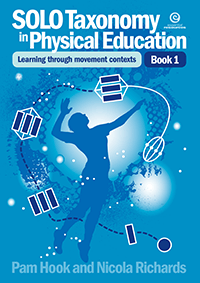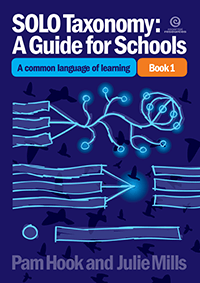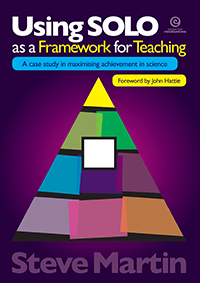
SOLO Taxonomy in Mathematics
Strategies for thinking like a mathematician
Research indicates that approaches in the teaching of mathematics vary in their effectiveness. Therefore, choosing appropriate pedagogy is critical for students' mastery of essential skills and ability to apply them.
SOLO Taxonomy in Mathematics makes the decision easy with SOLO Taxonomy, a simple but effective model of learning outcomes.
When educators and students look through the lens of SOLO they can differentiate between surface, deep and conceptual levels of understanding. This knowledge helps to identify the next steps and prompts for understanding.
Founded on the authors' combined experience, this mathematics resource explains SOLO strategies that provide a language for feedback on mathematics performance. The array of SOLO Taxonomy mathematics examples and self-assessment rubrics offer a means for translating this model to successful practice.
|
NZD incl GST
|
Add to cart | |
| or more | each |




